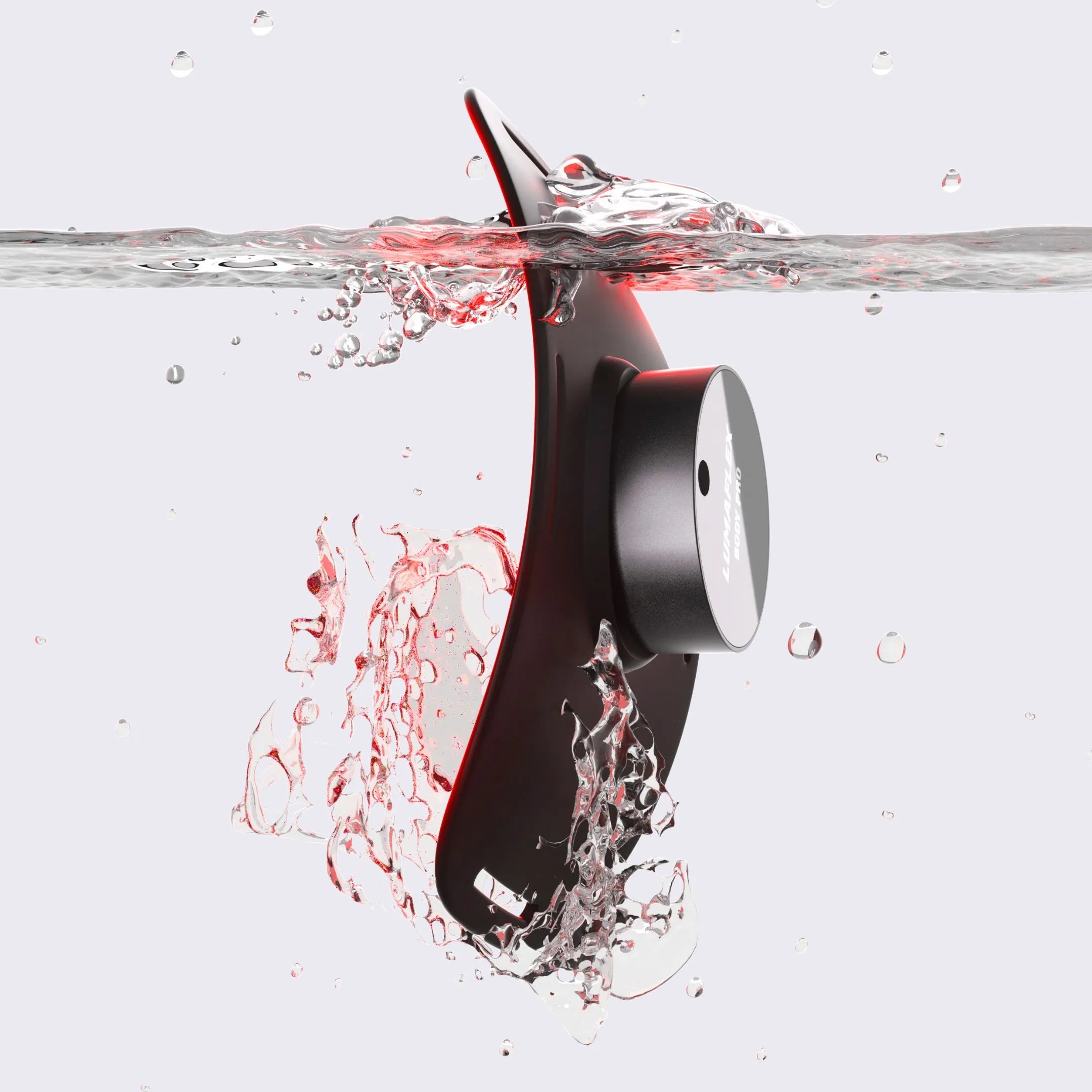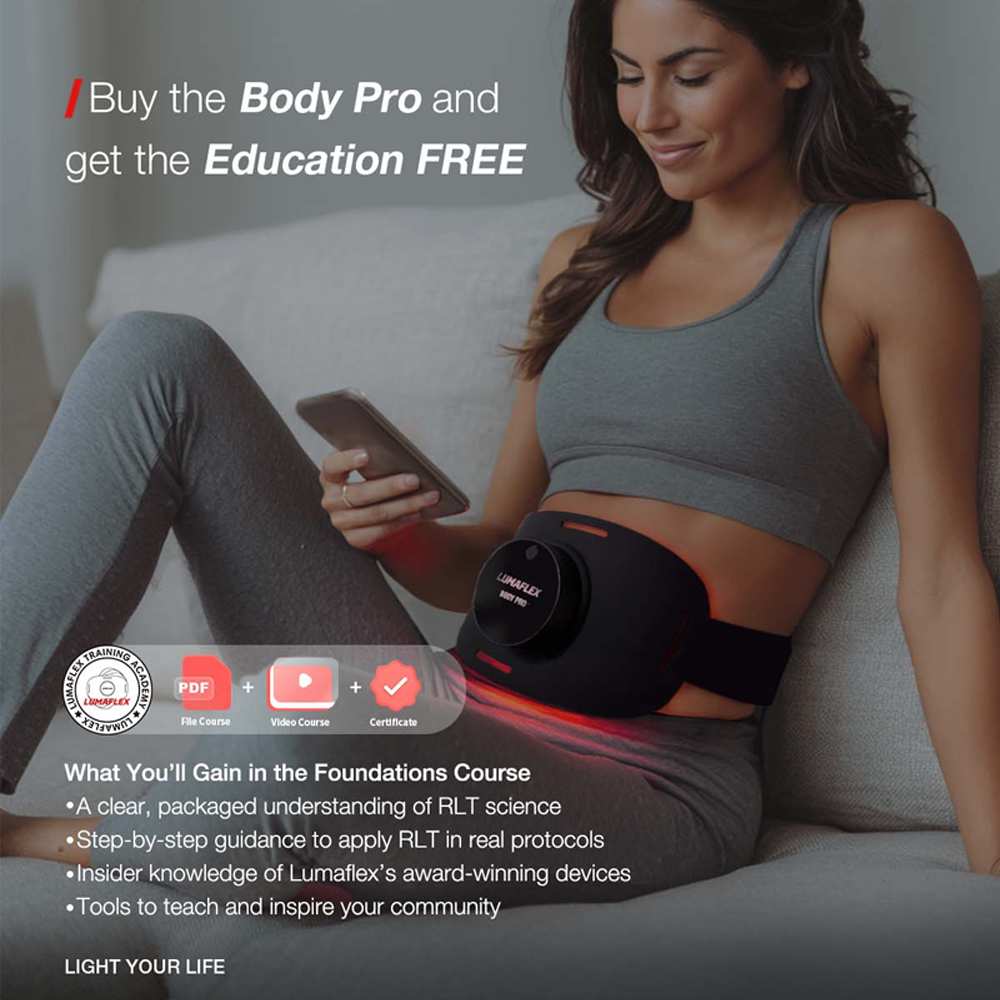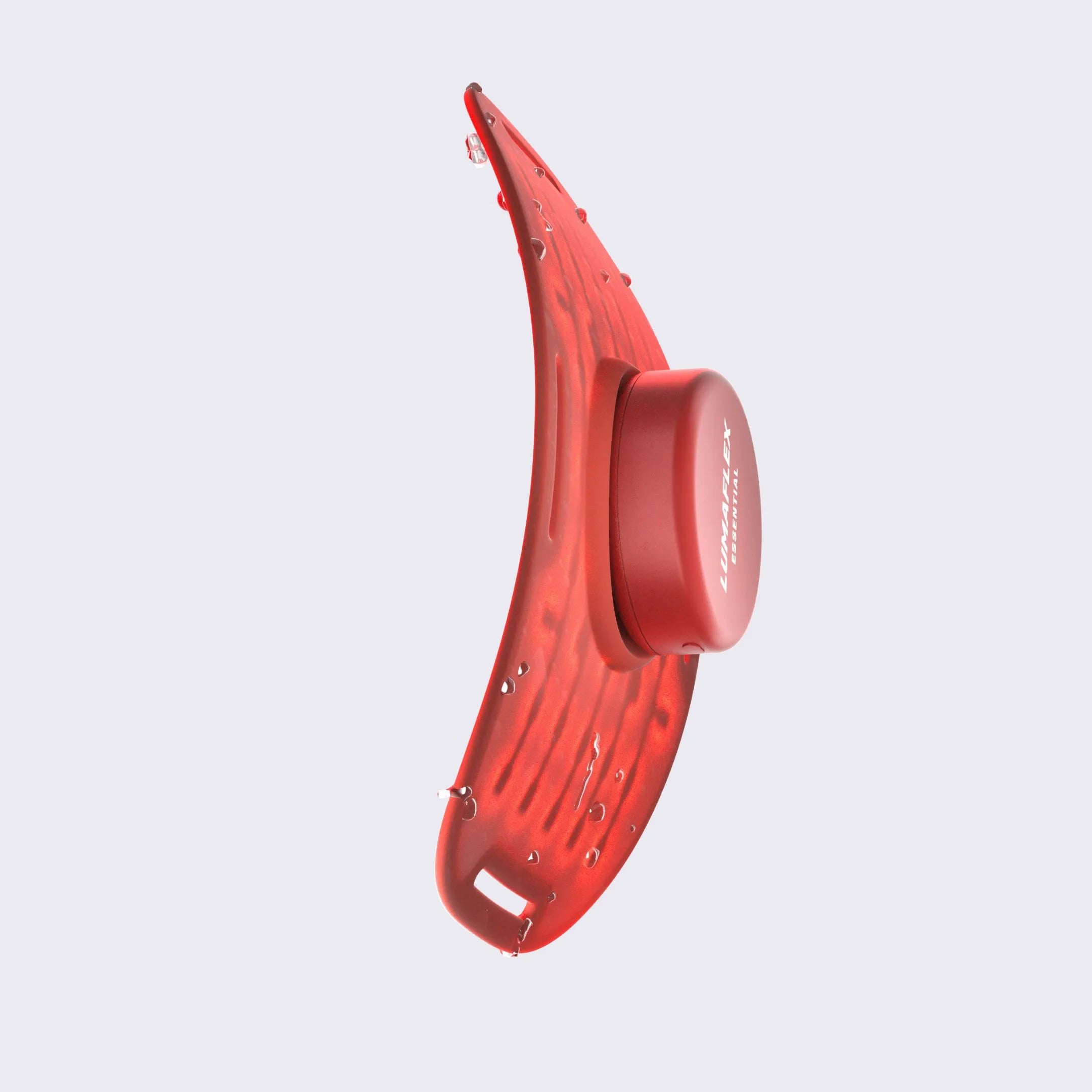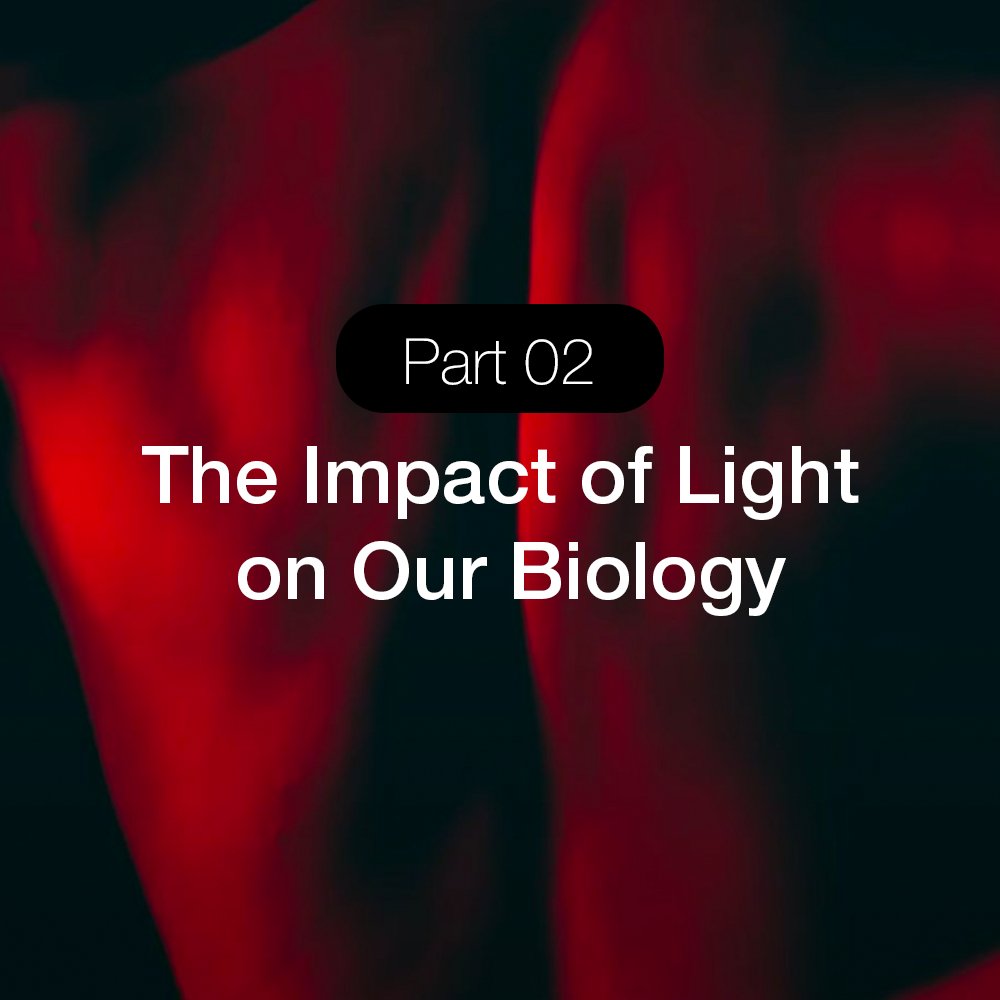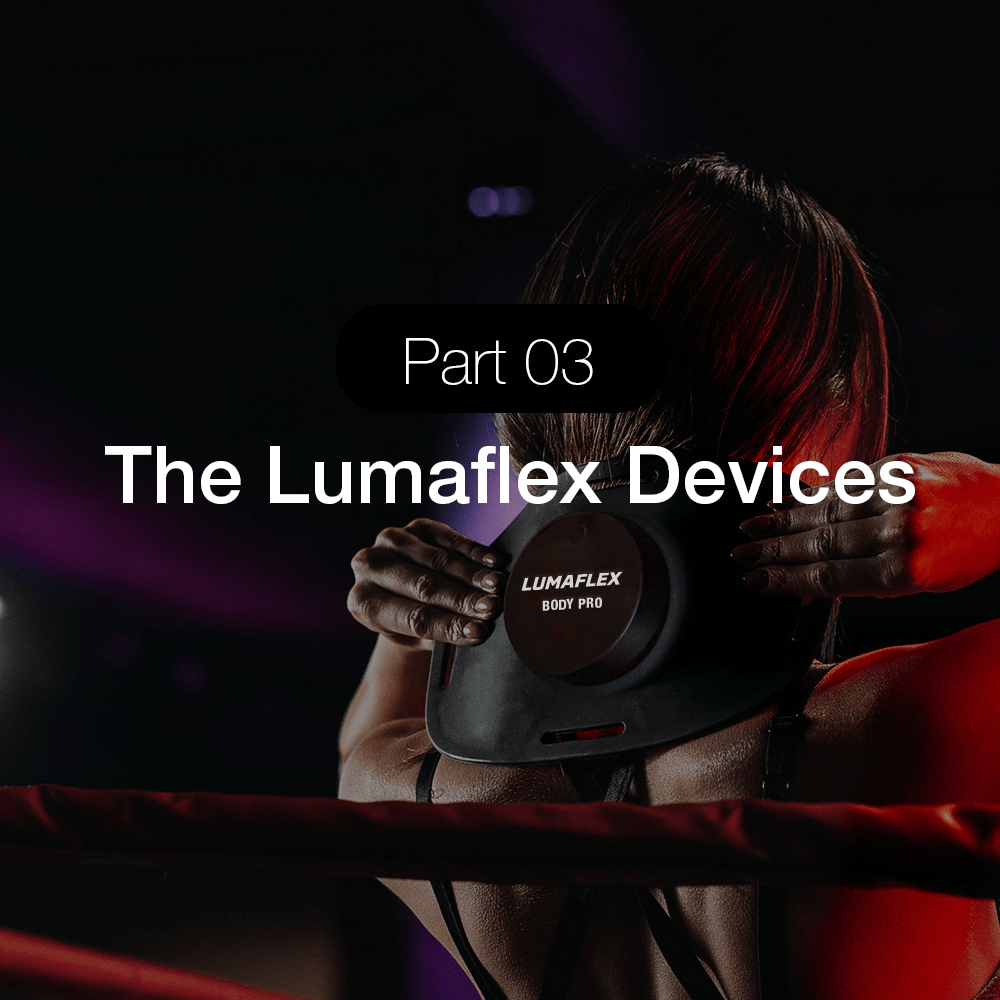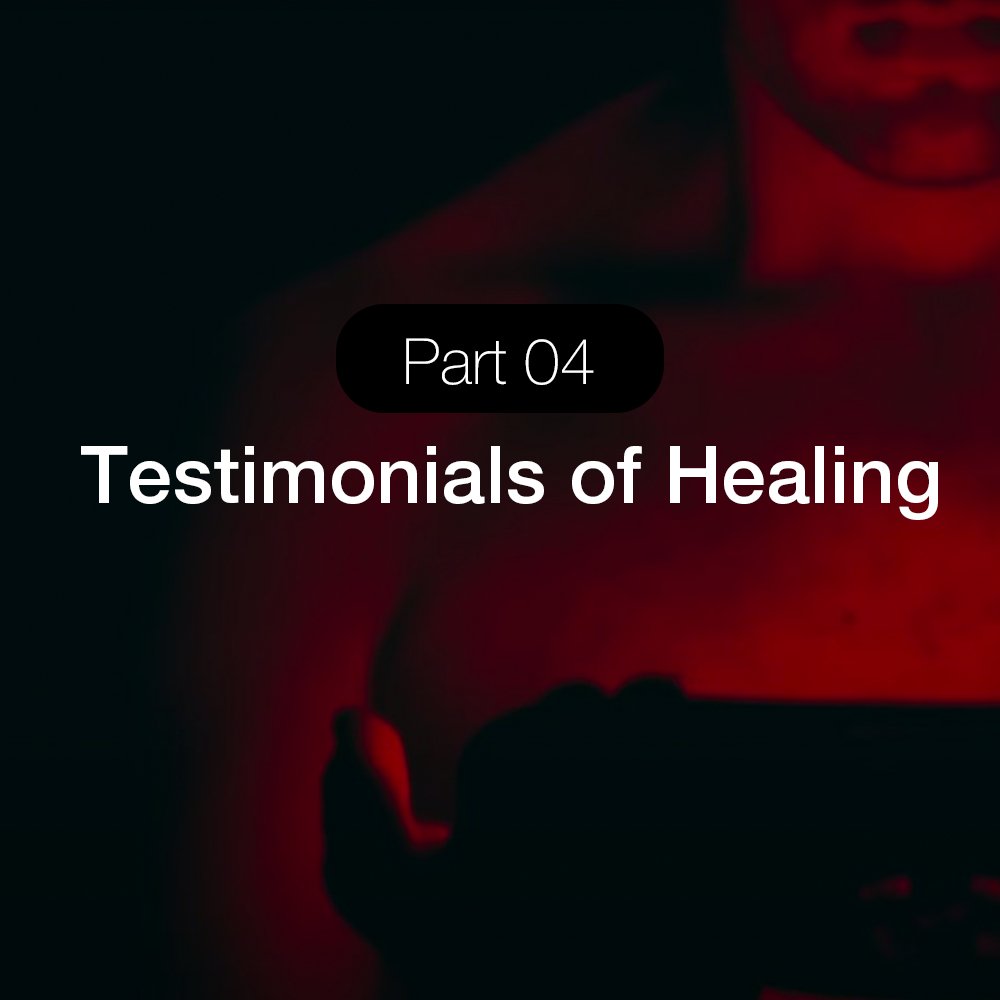Red Light at Night (or Morning?): When’s the Best Time to Use Red Light Therapy?

Timing Is Everything
You are already using red light therapy, but you may still wonder: Does it work better in the morning or at night? Many users compare red light at night with red light therapy in the morning to find the best time to use red light therapy for energy, recovery, or sleep. Timing matters because it affects how your body responds. Your energy levels, hormone changes, and circadian rhythm all influence each session.
A morning session can help you wake up, stay focused, and support your natural rise in cortisol. An evening session usually has the opposite effect. It helps you slow down, ease muscle tension from the day, and prepare your body for sleep.
Both times can be effective. What matters most is choosing a routine that matches your goals and daily schedule. This guide explains how your body responds at each time and how to choose the best time to use red light therapy for better recovery, sleep, and overall well-being.
Why Timing Matters in Red Light Therapy
Light affects your circadian rhythms, the internal clock that controls sleep, energy, and daily cycles. Blue light signals alertness, while red light supports recovery. Timing matters because it changes how your body responds. Morning red light therapy can help you feel awake and focused. Red light at night promotes calmness and recovery. Choosing morning vs evening red light therapy determines the effects you get from each session.
Morning sessions support the natural rise in cortisol that helps you wake up. They also stimulate mitochondrial energy production and set a steady rhythm for the day. People who want sharper focus, stable energy, and a consistent sleep-wake cycle often prefer morning red light therapy.
Evening sessions shift your body toward rest. Red light at night encourages melatonin production, eases muscle tension, and helps your nervous system relax. This makes it easier to fall asleep and stay asleep. Knowing how your body reacts at different times helps you pick the best schedule for energy, recovery, and sleep.
Morning Red Light Therapy: Energy, Focus & Performance
Using red light therapy in the morning can activate your body’s natural wake-up system. Instead of relying only on caffeine, you give your cells light that boosts energy and mental clarity. Morning sessions help you start the day alert and focused. They also make it easier to see how red light at night affects your recovery and sleep.
Benefits of Morning Red Light Therapy
- Boosts cellular energy: Red light supports ATP production, which is your cell’s main energy source. With more available energy, both your body and brain can handle tasks more efficiently. This sets a steady pace for the rest of your morning.
- Improves focus: Morning exposure helps clear mental fog and sharpens concentration. You may find it easier to plan your day, stay organized, and think creatively. This makes it a useful tool for anyone with mentally demanding work.
- Supports healthy cortisol levels: Your cortisol naturally rises in the morning, and red light works with this rhythm rather than against it. This helps you feel alert in a calm, steady way instead of feeling jolted awake. It can also reduce the need for stimulants that cause energy crashes later.
- Helps with exercise performance: Red light increases blood flow and supports oxygen delivery to your muscles. This prepares your body for training by reducing early fatigue and easing tension. Many people notice smoother warm-ups and better post-workout recovery.
- Elevates mood and motivation: Light exposure in the morning signals your brain to shift into daytime mode. This helps reduce sluggishness and supports a more positive, alert mindset. It can make starting your day feel easier and more purposeful.
Suggested Morning Routine
- Session: Use your Lumaflex device for 10 to 15 minutes on your upper body or face. Let the light settle in while you breathe normally and allow your body to wake up.
- Hydrate: Drink a glass of water after your session to support energy production in your cells. Staying hydrated helps your body respond better to the light.
- Mindful start: Add gentle stretching or simple breathing exercises while using the device. This helps your body shift from rest to a more active state without rushing.
By making morning red light therapy a steady habit, you create a smoother start to your day with better energy and focus. If you want to check whether your routine matches your goals, visit the guide on how often to use red light therapy.

Red Light at Night: Recovery, Relaxation & Deep Sleep
Using red light at night helps your body recover after a busy day. Red light therapy before bed relaxes your muscles, eases tension, and sets you up for deeper sleep. Knowing how red light interacts with your circadian rhythm can help you pick the right time for your sessions, whether your goal is better sleep, faster recovery, or lower stress.
Benefits of Red Light at Night
- Encourages melatonin release: Red light in the evening supports your body’s natural melatonin production, helping you fall asleep faster. This gentle signal tells your brain it is time to prepare to rest.
- Reduces inflammation and muscle soreness: Post-training exposure can calm tired muscles and reduce inflammation. Using red light before bed allows your body to repair and recover overnight more efficiently.
- Activates the parasympathetic nervous system: Evening sessions help shift your body into rest mode, lowering stress and promoting relaxation. This works with your natural circadian rhythm red light patterns.
- Improves HRV and overnight recovery: Regular evening use can improve heart rate variability, which is a key measure of physical recovery. Better HRV supports overall health and repair during sleep.
Suggested Evening Routine
- Timing: Use your Lumaflex device 60–90 minutes before bed for 10–15 minutes. This helps your body settle into rest without disrupting sleep.
- Target areas: Focus on your chest, neck, or sore muscles to support maximum recovery.
- Consistency: Use nightly to improve sleep quality and support your body’s natural repair processes.
For more guidance on how red light therapy affects sleep quality, heart rate variability, and overnight recovery, visit Red Light Therapy Sleep: Improve Rest & HRV Naturally.

Morning vs. Night: Which One Is Right for You?
Timing matters in red light therapy because your body responds differently depending on the time of day. Morning and evening sessions have distinct effects. Red light in the morning boosts alertness, focus, and physical readiness. Red light at night helps your body relax, recover, and get ready for deep sleep. Use this guide to choose morning or evening red light therapy based on your personal goals and schedule:
| Goal | Best Time | Duration | Frequency | Result |
| Boost energy & focus | Morning | 10–15 minutes | Daily or most mornings | Increased alertness, sharper mental clarity, higher productivity |
| Align the circadian rhythm | Morning | 10–15 minutes | Daily | Supports cortisol rhythm, sets a steady wake/sleep pattern |
| Pre-workout prep | Morning | 10–15 minutes | Before workouts | Improved blood flow, muscle readiness, and enhanced performance |
| Sleep & recovery | Evening | 10–15 minutes | 60–90 minutes before bed | Encourages melatonin, relaxes the nervous system, and promotes deep sleep |
| Muscle recovery & inflammation | Evening | 10–15 minutes | 60–90 minutes before bed | Reduced soreness, faster repair, better overnight recovery |
| Stress reduction & relaxation | Evening | 10–15 minutes | 60–90 minutes before bed | Calms mind and body, lowers stress levels before sleep |
Now that you understand how timing affects your body, choosing the best schedule becomes easier. Your ideal routine may combine both morning and evening sessions. Many Lumaflex users find that a short morning session for energy, paired with an evening session for recovery and sleep, helps maintain balance throughout the day and keeps your circadian rhythm in sync.
The Science Behind Timing: Red vs. Near-Infrared Wavelengths
Not all light affects the body the same way, and the timing of your sessions can change how your body responds. Red light at night, around 630nm, mainly targets surface cells, skin, and your circadian rhythm red light, making it best for evening sessions. This wavelength supports relaxation, melatonin production, and sleep preparation. Near-infrared light, around 850nm, penetrates deeper into muscles, joints, and connective tissue. It helps circulation, muscle recovery, and overall performance, and can be used at any time without affecting your sleep-wake cycle.
Research published in 2022 in Frontiers in Neuroscience found that red and near-infrared light can influence brain activity while awake and during sleep. These wavelengths interact with neural networks involved in rest, repair, and metabolism. This explains why the effects of red light therapy in the morning versus evening differ depending on your body’s rhythm.
Here’s a closer look at the differences and uses:
- 630nm Red Light targets surface cells and skin, supports circadian rhythm red light for evening use, and is ideal for relaxation, sleep preparation, and skin health.
- 850nm Near-Infrared Light reaches deeper into muscles and joints, supporting circulation, muscle repair, and inflammation reduction. It can be used at any time without disrupting sleep.
Many people combine wavelengths to match their goals: 630nm in the evening supports relaxation and sleep, while 850nm in the morning or after workouts boosts energy and aids recovery. Lumaflex delivers both wavelengths in a single session, making it simple to incorporate into your daily routine. For a detailed comparison of surface and deep tissue benefits, visit: 630nm vs 850nm: Red and Near-Infrared Light Compared.
How to Find Your Perfect RLT Timing
Your body has natural rhythms, and red light therapy works best when it fits your schedule. The right timing depends on what you want to achieve, whether it is boosting energy, aiding recovery, or improving sleep. Here is a practical way to adjust your routine:
-
Wake up feeling tired
Add 10 minutes of red light therapy in the morning. Morning sessions can help increase energy, improve focus, and support your circadian rhythm with red light. -
Struggle to unwind at night
Use red light therapy before bed about 60 minutes before sleep to support recovery and melatonin production. Evening sessions help calm your nervous system and signal your body that it is time to sleep. -
Train hard or frequently
Combine morning sessions for performance with evening sessions for recovery. Trying morning vs evening red light therapy can help you find the best balance for energy and muscle repair. -
Prioritize sleep
Stick to evening sessions consistently to support melatonin production and overnight recovery. Choosing the right timing for red light at night can improve both sleep quality and HRV. -
Tracking tip
Pay attention to how your body responds over a week and adjust timing based on energy, recovery, or sleep improvements.
Lumaflex makes it easy to match sessions with your goals. Its dual-wavelength design provides 630nm red light for evening relaxation and 850nm near-infrared light for deeper recovery. Portable devices let you use them at home, the gym, or the office, helping you stay consistent wherever you are.

How Lumaflex Makes Timing Simple
Red light at night supports relaxation and recovery, while morning sessions help boost energy and focus. Lumaflex is designed to fit seamlessly into your daily routine, whether your goal is energy, muscle recovery, or better sleep.
The devices are portable and hands-free, letting you add sessions to morning routines or evening wind-downs without disrupting your day. The dual-wavelength system provides 630nm red light for circadian balance and 850nm near-infrared light for deeper muscle and tissue recovery. Whether you are exploring morning vs evening red light therapy or finding the best time to use red light therapy, Lumaflex adjusts to your schedule. Devices are also waterproof and travel-ready, so you can maintain consistent sessions at home, the gym, or while traveling.
The Lumaflex Academy offers guidance to help you optimize your sessions. Learn how to use red light therapy in the morning, before bed, or in alignment with your circadian rhythm to improve energy, recovery, and sleep.
For practical timing strategies and device guidance, visit the Lumaflex Academy, or explore Lumaflex devices to build consistent sessions at Lumaflex.com.
Common Mistakes to Avoid
Even the most effective tools can lose their impact if used incorrectly. Red light at night works best when paired with proper timing and habits. Here are the most common mistakes to watch out for:
-
Using blue or white light before bed
Blue or white light suppresses melatonin and can make it harder to fall asleep. Stick to red light at night or near-infrared light in the evening to support red light therapy before bed and help your body relax naturally.
-
Overexposure
Spending too long under the light or doing excessive sessions can reduce effectiveness and irritate the skin. Follow the 10–15 minute guideline per area to get full benefits safely. Considering morning vs evening red light therapy can also help you choose the timing that best supports energy, recovery, or sleep.
-
Skipping consistency
Short, daily sessions are more effective than occasional long sessions. Even 10 minutes a day can support recovery, improve energy, and enhance sleep. Pair red light therapy with hydration, light stretching, or breathwork to strengthen results and maintain a steady circadian rhythm red light schedule.
Being mindful of these common mistakes ensures your sessions deliver the maximum benefit. Consistent use at the right time helps improve energy, recovery, and sleep. For more guidance on session frequency, see Red Light Therapy 101: Everything You Need to Know.
The Best Time Is the One That Fits You
There is no single best time to use red light therapy. The right timing depends on your goals and schedule. Morning red light boosts energy, focus, and performance to start your day strong. Evening red light supports recovery, reduces tension, and prepares your body for deep sleep. Combining both creates a natural rhythm your body can follow.
Try experimenting with morning and evening sessions to see how your energy, recovery, and sleep respond. Pay attention to how your body responds and adjust your sessions as needed.
Start building your red light rhythm with Lumaflex. Discover more timing insights at the Lumaflex Academy.
FAQs on Red Light Therapy at Night and Morning
Can I use red light therapy right before bed?
Yes, A short session of red light therapy before bed, about 10 to 15 minutes, can promote relaxation and help signal to your body that it's time to sleep.
Can I use RLT in the morning?
Yes, you can use red light therapy in the morning to naturally boost energy, improve focus, and reduce morning puffiness.
Is red light better in the morning or at night?
Morning red light can boost energy, focus, and alertness to start your day. Evening red light helps you relax, recover, and improve sleep. The best time depends on your goals.
When to use red light therapy for sleep?
Use red light therapy 60 to 90 minutes before bed for 10 to 15 minutes. This helps your body relax and prepare for sleep without disruption.
Is consistency important?
Consistency is the most important factor for seeing results with red light therapy. Pick a time you can stick to, ideally within the same two-hour window each day, to support your body’s natural rhythms and get the most benefits.





